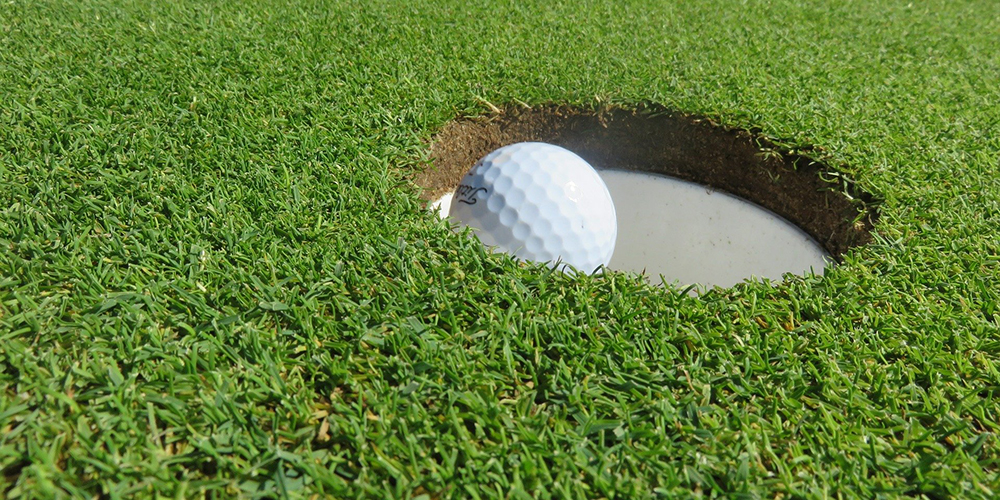What is the Size of a Golf Hole? Diameter and History
Depending on how we're playing, a golf hole can seem too small to fit a ball or big enough to sink every putt. However, there is a standardized hole size played around the world.
Golf Hole Size: What is the Diameter of a Golf Hole?
Under the rules of golf, the diameter of a golf hole must be 4.25 inches (10.795 cm). This official hole size is agreed upon by golf's two major governing bodies, the USGA and the R&A.
Holes must be cut to a minimum of 4 inches deep, though there is no specified maximum limit to their depth.
By comparison, a golf ball's diameter is 1.68 inches.
History of the 4.25 Inch Golf Hole
Surprisingly, given the use of the imperial unit of length, the 4.25 inches requirement was first formally adopted in 1891 by the U.K.-based Royal and Ancient Golf Club of St Andrews (R&A). At the time, the R&A was golf's only governing body, though today, the United States Golf Association (USGA) jointly governs the sport with the R&A.
So why was 4.25 inches determined to be the standardized size of a golf hole?
The first known hole-cutter, which can still be seen on display at its club in Scotland, was created in 1829 at the Royal Musselburgh Golf Club. The reason for the 4.25-inch size isn't known for sure, though the hole-cutter tool was likely based on an available drainage pipe at the club. Whatever the reason for this particular hole size, it became the standard that golfers had grown accustomed to, leading the R&A to make it official.
When the USGA came into existence, they too adopted this as the official golf hole size.
Should Golf Holes Be Made Larger?
Throughout golf's history, there's been much discussion about increasing the size of golf holes. One of the biggest proponents for a larger hole was Ben Hogan, arguably the best ball-striker of all time.
The small size of the hole places a significant emphasis on putting. Increasing the hole size would arguably emphasize approach shots and shots made from around the green, helping great ball strikers like Hogan. A larger hole size would also help speed up the game by reducing time spent on putting greens.
8-inch holes and even as large as 15-inch holes have seriously been discussed and tested in the golf community, though a larger hole size seems very unlikely ever to be adopted by the USGA.
Why Are Hole Locations Are Moved So Often?
If you have played a hole at a course a few times, you've probably noticed the location of the physical hole has changed.
While this does help to create unique challenges on different days, moving hole locations is also done to keep holes in good conditions.
Suggested Reading
Learn more about golf with these articles:
